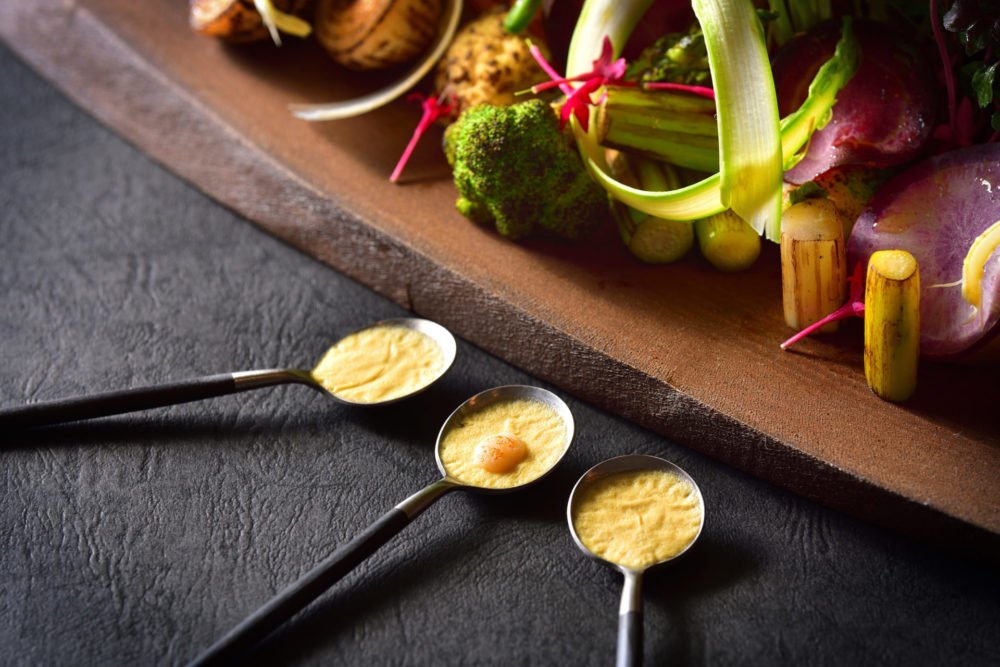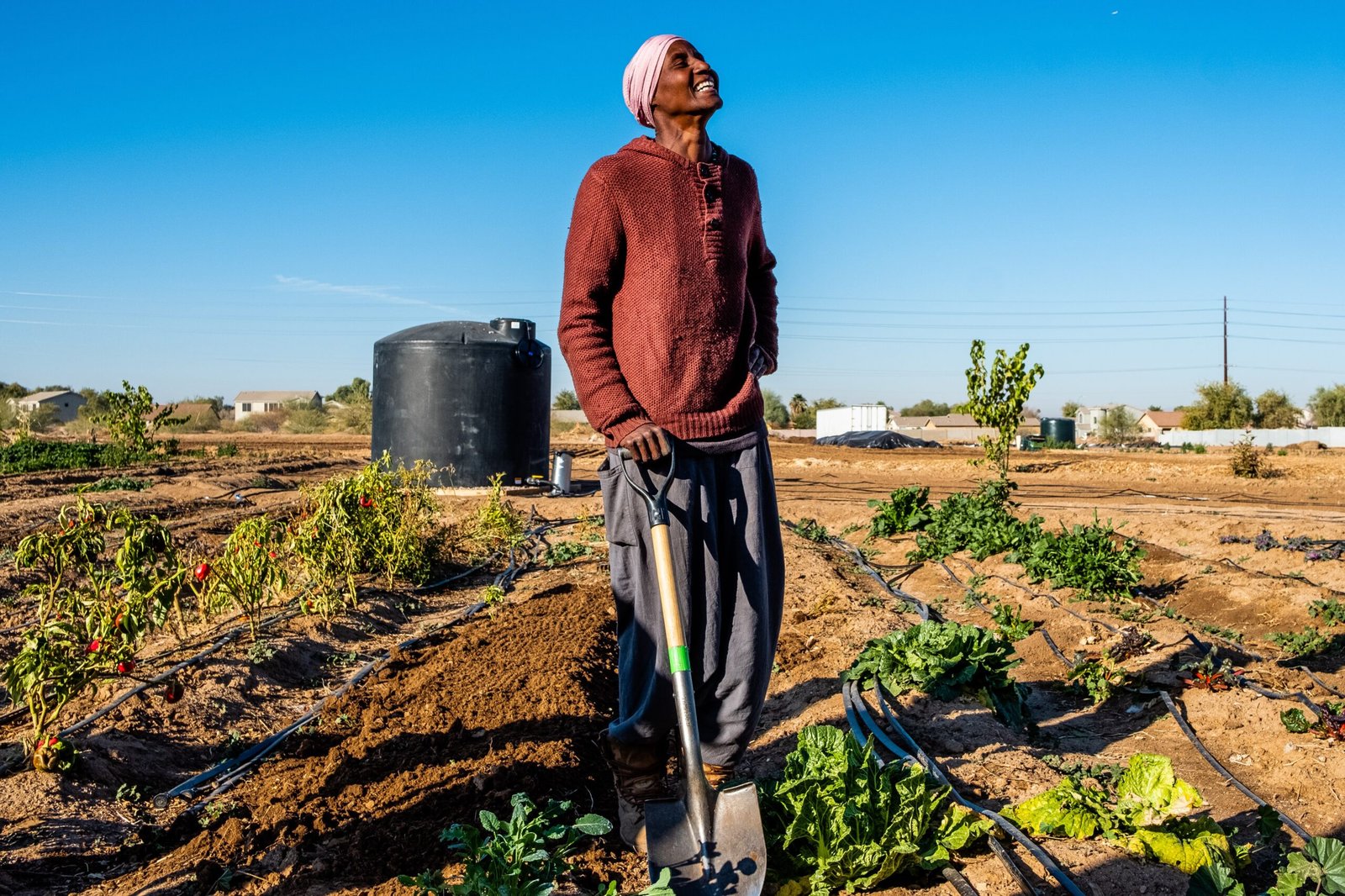“I want to make sure that by 2025, we have a cost competitive product on the market [on parity with] organic [meat] and we feel very comfortable that we can get there,” said Krijn de Nood, who was speaking to FoodNavigator-USA about the ongoing debate over the commercial viability of growing meat from animal cells, at scale, outside of an animal, a technology Impossible Foods founder Dr Pat Brown has dismissed as ‘vaporware.’
Asked about last year’s article in The Counter (drawing upon two techno-economic analyses of cell-cultured meat: CE Delft 2021 and Humbird 2020) arguing that cell-cultured meat faces “intractable technical challenges at food scale,” de Nood said: “It’s always good to read those articles and test your hypotheses and see if you are wrong.
“But if we look at our models, both on the scalability trajectory and on the cost reduction trajectory, we feel very comfortable that by 2025, we can go to the market with a price competitive product. The Delft analysis assumed 32 days for the whole process and we can do it - proliferating the cells and then [differentiating] them into muscle and fat cells… in less than two weeks.
“This also gives us a huge cost advantage from an energy and labor perspective.”
‘There’s a risk accompanied with scaling up any process, but we’re not talking about a wild gamble here’
While achieving certain cell densities is important, he said, “What matters is the biomass accumulation rate. Maybe you can have great cell densities, but if it takes you six weeks to get to them, that’s not so efficient, so it’s one of the reasons we chose iPScs [induced pluripotent stem cells], because they have a faster proliferation rate, they divide faster, so the accumulation of kilograms of meat is faster.
“Obviously there’s a risk accompanied with scaling up any process, but we’re not talking about a wild gamble here.”
‘We have gone from being an R&D company to being a food company’
Meatable - which is working with porcine and bovine induced pluripotent stem cells - closed a $47m Series A round (bringing its total funding to $60m) last year, and has just hired former Chr. Hansen president and CEO Cees de Jong as chairman of the board; former Fonterra Europe & Africa president Hans Huistra as COO; and biochemist Jef Pinxteren as VP of development.
“At our [pilot-scale] production facility in Delft, we have moved from grams to the kilograms range, so product development can take a big leap, plus for regulatory approval you also need to produce consistent batches,” said de Nood.
“We have gone from being an R&D company to being a food company.”
‘Singapore is a very good testing market’
For commercial launch, he said, “Singapore [where cell-cultured meat products, from Eat Just, are already on sale, albeit on a tiny scale] is probably going to be an interesting entry market. After that, we hope that the US will open up for us, as from a market size perspective, it’s a much more attractive proposition than Singapore, although Singapore is a very good testing market as there are people with a lot of different ethnicities and a willingness to adopt new technologies.”
Currently, Meatable is considering a “semi-commercial” facility in Singapore, while a larger-scale facility “capable of producing 10 kilotons a year would probably be better placed in a larger market such as the US or Europe.”
In Europe, said de Nood, “the positive thing is that the regulatory landscape is defined [firms must go through the Novel Food Regulation, a pre-market approval process], but it takes a long time,” whereas in the US, the process is a work in progress [the FDA says it will publish draft guidance on the pre-market consultation process this year], but seems likely to move more rapidly, he said. “Hopefully months not years.”
Meatable’s first commercial product will be pork, said de Nood. “Pork is the most consumed meat globally, especially in Asia, plus there’s also a supply demand imbalance right now because of swine fever. But we have also developed a beef line, which is super interesting, especially for Europe and the US… our technology is species independent, so at some point we will do fish as well.”
He added: “Right now what we believe we need for commercial scale is about 10,000 liter bioreactors, but that’s only at the beginning, and that’s why it’s so special we have a collaboration with DSM, as they have experience of working with bioreactors on a large scale. DSM also has a lot of experience with taste and texture enhancers [that Meatable can tap into].”
Joint development agreement with DSM
Asked about progress on enabling technologies for cell-cultured meat, de Nood said: “If you just look at all the growth factors, the amino acids, the minerals that are required, what is very encouraging is that not only startups, but also big corporates are jumping into this, so we have a joint development agreement with DSM, which is really focused on reducing the cost of growth factors [produced via microbial fermentation].
“There are several things we can do, so one is moving from pharma to food grade, one is finding other microorganisms to produce these growth factors, and there’s also adaptation of the cells so they actually need less. There are a lot of opportunities to really get costs down quite significantly.”
Processed products vs whole cuts
So what kinds of products is Meatable working on?
“For the first products,” said de Nood, “we have the two [separate] production lines [for fat and muscle cells] and then we mix them at the end, but we are also working on whole cuts, which account for a huge percentage of the [conventional meat] market, and we are one of the few companies who can actually co-culture cells, so that’s exciting stuff.”
Asked about scaffolding, he said, “We’re using a variety of different scaffolds, but it’s a little bit IP sensitive.”
Meatable is effectively reprogramming Hematopoietic stem cells (HSCs) so that they turn into [induced] pluripotent stem cells (iPS cells) or ‘master cells’ that can differentiate into multiple cells types such as muscle and fat, and proliferate indefinitely.
Induced pluripotent stem cells behave like embryonic stem cells, but don’t come from embryos, and don’t require the slaughter or harm of any animal, CTO Dan Luining told us when the company emerged from stealth mode in 2018: “The collection method is truly non-invasive. After the calf is born and the umbilical cord is detached, we cannulate one of the veins in the cord and collect the blood in a blood bag. From this blood we isolate cells in the lab.”
After that, the blood cells are effectively ‘reprogrammed’ to a pluripotent state using technology pioneered by Shinya Yamanaka’s lab in Kyoto, Japan that was awarded the 2012 Nobel prize.
Luining added: “The method works by temporarily kickstarting the genes that were active during the state when the animal was only a few cells big. At that moment the cells were in a stage where they could become anything, which we call pluripotent. Professor Yamanaka figured out which genes were active at that time and showed that if you kickstart these genes again the cells behave like pluripotent cells.
“Once started the pluripotent state becomes stable and the cells self-perpetuate this state. These cells have amazing benefits including: unlimited proliferation, complete serum free growth, suspension growth, and pluripotency, the ability to become any cell type that we want.”










